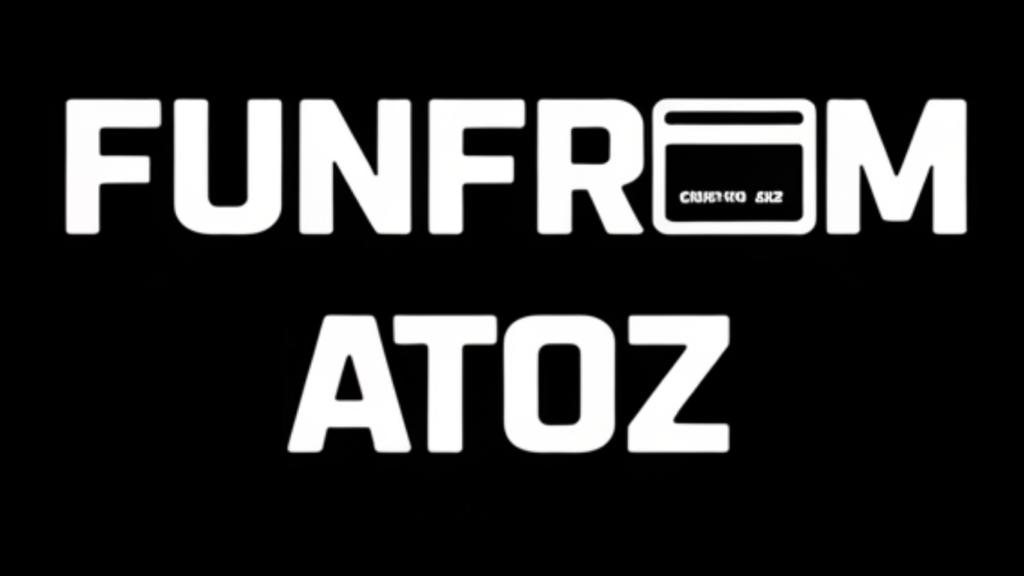In the ever-evolving world of promotions and discounts, businesses often face the critical decision of choosing between fixed and percentage coupons. This choice can significantly impact customer perception, sales performance, and overall brand strategy. But how do you determine which option is best for your business?
Understanding the nuances between fixed and percentage coupons is essential in crafting effective marketing campaigns. While fixed coupons offer a set discount amount, percentage coupons provide a discount based on the purchase price. Each has its unique benefits and drawbacks, influencing both customer behavior and business outcomes.
In this post, we will delve into the key differences between fixed and percentage coupons, helping you understand which option may better align with your business goals. By the end, you’ll have a clearer perspective on how to leverage these promotional tools effectively to drive growth and customer loyalty.
Grasping Fixed Coupons
Fixed coupons provide customers with a specific monetary discount, which remains the same regardless of the purchase amount. This fixed reduction can be particularly appealing for customers buying lower-priced items. By offering a clear, predictable discount, businesses can simplify the purchasing decision for the consumer.
For businesses, fixed coupons can offer greater control over the discount’s impact on profit margins. Since the discount is predetermined, companies can easily forecast the potential loss of revenue. Additionally, fixed coupons can be an effective tool for encouraging repeat purchases, as customers feel they are receiving a valuable deal.
However, fixed coupons might not always be the best choice for businesses with a wide range of product prices. Customers purchasing higher-priced items may find the discount less appealing compared to percentage discounts. Therefore, businesses must carefully assess their product offerings when deciding to use fixed coupons.
Leveraging Percentage Coupons
Percentage coupons offer a discount based on a percentage of the total purchase price, which can be more attractive to customers buying higher-priced items. By providing a proportionate discount, businesses can entice customers to spend more to receive a larger discount, potentially increasing the average transaction value.
For companies, percentage coupons can promote higher sales volumes as they encourage larger purchases. This strategy can be particularly effective during sales events or when launching new products, as it draws customers towards higher expenditure. Moreover, percentage coupons can create a sense of urgency, prompting quick purchasing decisions.
Nevertheless, percentage coupons can pose challenges in terms of profit margin predictability. Unlike fixed coupons, the discount amount varies based on purchase price, potentially affecting revenue in unexpected ways. Therefore, businesses must carefully consider their pricing strategies when implementing percentage coupons to avoid erosion of profits.
The Psychology Behind Discount Choices
The choice between fixed and percentage coupons is not only a financial decision but also a psychological one. Customers perceive discounts differently based on their personal shopping habits and the context in which the discount is presented. Generally, percentage discounts are seen as more favorable for high-ticket items.
Fixed discounts may appeal more when the numerical value seems significant in relation to the product price. This psychological factor can drive consumers to choose a product where the perceived savings resonate with their value expectations. Thus, understanding consumer psychology is critical in crafting effective marketing strategies.
Businesses must align their promotional strategies with consumer behavior patterns to maximize discount effectiveness. This means understanding not only what attracts customers but also what retains them in the long term. By tapping into psychological triggers, companies can enhance their promotional impact significantly.
Scenarios for Each Coupon Type
Every business scenario can call for a different discount approach. For instance, fixed discounts may be ideal for clearance sales where the goal is to liquidate inventory. This approach ensures a straightforward appeal to cost-sensitive customers, making lower-priced items seem more attractive.
In contrast, percentage discounts can be more suitable for high-value items or premium products. Here, customers may perceive they are receiving a substantial cut on luxury purchases, enhancing their buying motivation. Furthermore, percentage discounts can also foster a perception of exclusivity and significant savings.
Businesses should consider their target market, product lineup, and sales objectives when choosing between discount types. Often, a hybrid approach can be beneficial, offering fixed discounts on certain product segments while reserving percentage discounts for others. This approach can cater to diverse customer needs and optimize sales results.
Strategies for Implementation and Evaluation
Implementing effective discount strategies requires meticulous planning and evaluation. Businesses should begin by analyzing their customer base, identifying purchasing patterns, and understanding what motivates their audience. This data-driven approach can guide the decision-making process.
Once a discount strategy is chosen, it is crucial to monitor its impact on sales and customer engagement. Businesses need to evaluate whether the chosen coupon type is meeting targets for growth, brand loyalty, and profitability. Regular assessment allows for timely adjustments to maximize effectiveness.
Moreover, incorporating feedback mechanisms is vital. Customer responses to discount strategies can provide valuable insights, helping businesses refine their approaches. Engaging with customers enables companies to tailor discounts that resonate with buyers, creating a more personalized shopping experience.
Conclusion
Choosing between fixed and percentage coupons requires careful consideration of various factors, including product pricing, customer behavior, and business objectives. Both options offer distinct advantages and challenges that can influence overall profitability and customer satisfaction. By understanding these dynamics, businesses can better navigate the world of promotions to enhance their marketing effectiveness.

